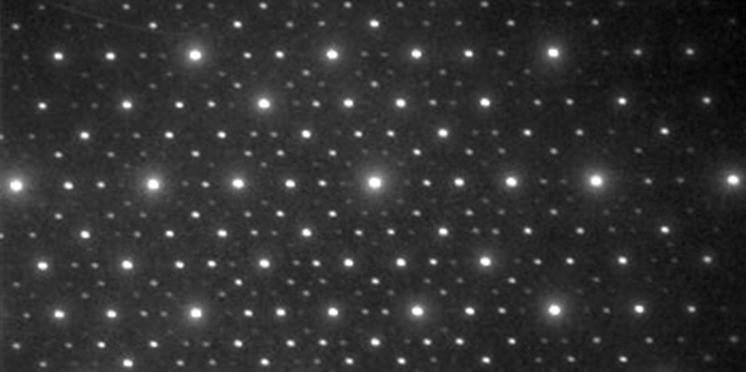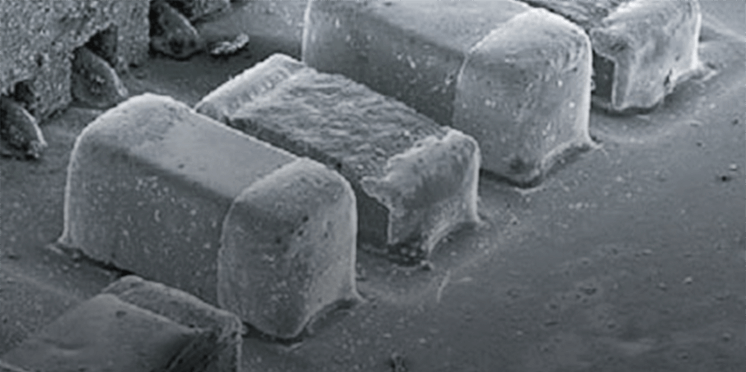化学固定
化学固定
chemical fixation
[目次:試料等(試料および試料作製)]
化学固定とは、分解酵素による自己分解や、試料作製の際の形態の変形を防ぐために薬品処理によって行う固定のこと。
生体組織は生命活動を停止すると、すぐさま自己の持つ分解酵素により自己分解が始まる。透過電子顕微鏡で生物試料を観察するためには、鏡筒内の真空中でも試料を保持できるように水分を除き、電子線を透過できるよう十分に薄く切る必要がある。そのために、脱水や樹脂包埋、薄片化が行われるが、これらの操作は微細構造の変形の原因となる。そこで、できるだけ生きていたときの形態や物性を保存するために固定という操作を行う。化学固定では、薬品処理によって生体物質であるタンパク質や脂質に架橋を行い、分解や変形を防いでいる。透過電子顕微鏡で用いられる化学固定は前固定と後固定の二段階によって行われる。
Chemical fixation is a technique to fix a specimen with chemicals to prevent autolysis by the action of enzymes and deformation of morphologies during specimen preparation. Biological tissues start autolysis caused by their enzymes immediately after stopping the activities of them. For the TEM observation of a biological specimen, the specimen must be prepared by removing water to preserve its morphologies under vacuum in the microscope column, and by thinning the specimen to transmit an electron beam. For these requests, dehydration, resin embedding and thin sectioning are applied, but the procedures cause deformation of fine structures of the specimen. Chemical fixation is carried out to preserve the morphologies and physical properties at the living states of the specimen as much as possible. This technique prevents the autolysis and deformation by cross-linking the proteins or lipids of biological materials using chemicals. Chemical fixation for a TEM is performed by the two steps, prefixation and postfixation.
関連用語から探す
説明に「化学固定」が含まれている用語






